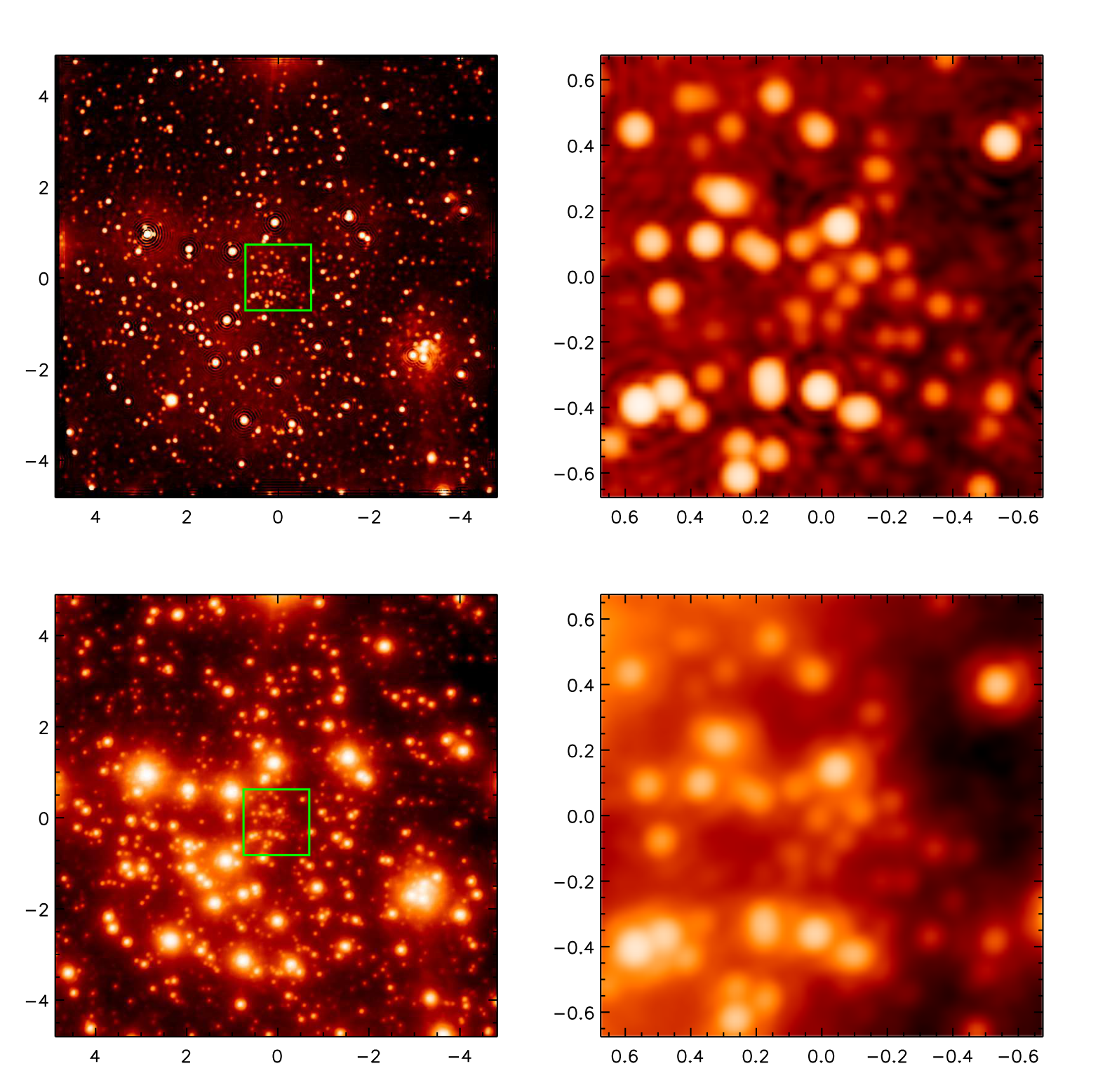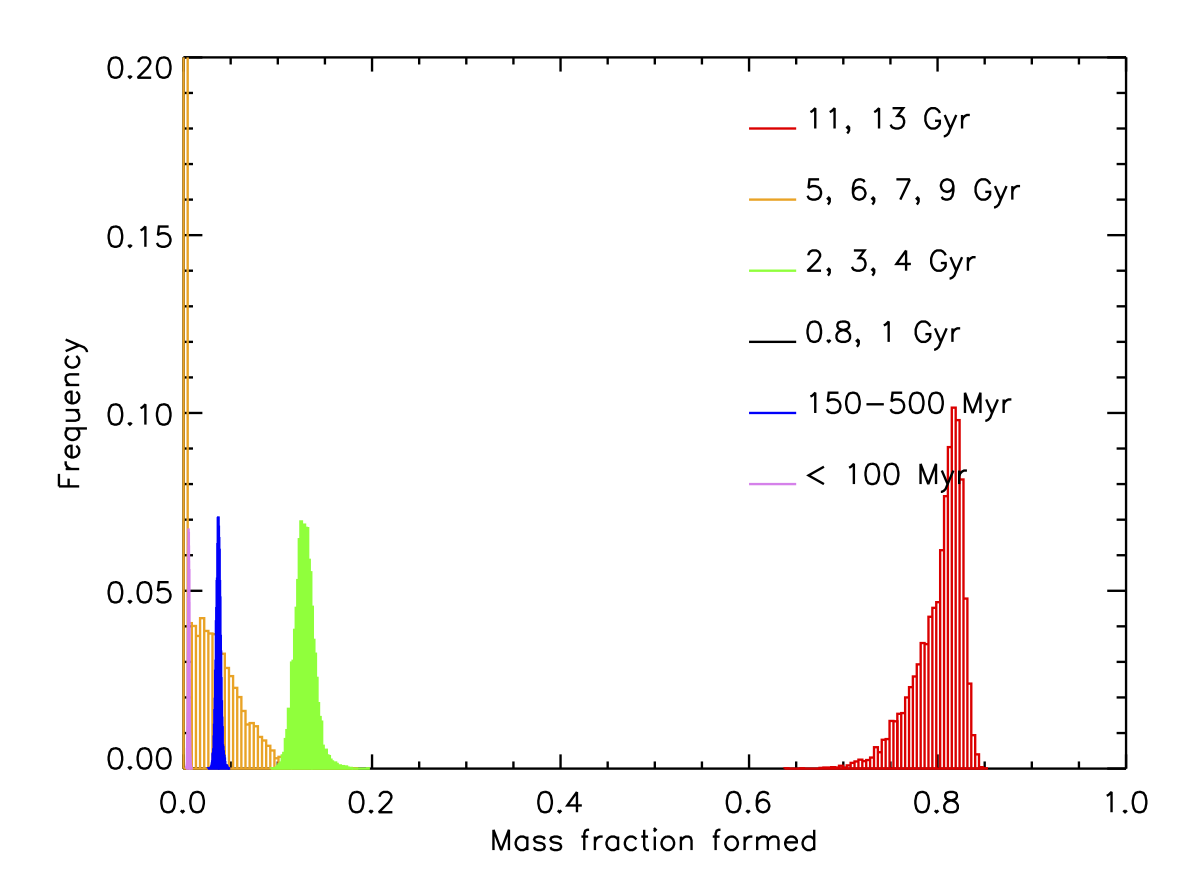In this recent work we studied deep high angular resolution images of the central parsec of the Milky Way’s nuclear star cluster. We find that it is predominantly very old, with about 80% of its stars having formed over 10 Gy ago, and metal rich, with its stars having about twice solar metallicity. These findings imply that typical globular clusters, such as they are found in the halo of the Milky Way, cannot have contributed significantly to the mass of the Milky Way’s nuclear star cluster. In agreement with theoretical predictions, we find a power-law density increase of the stellar density towards the central supermassive black hole, Sagittarius A*, for all old (a few Ga or older) stars as faint as or fainter than the Red Clump. We argue that the detection of normal pulsars in tight (<100 year period) orbits around Sgr A* is unlikely. The high mean metallicity of the MWNSC may imply stellar black hole masses significantly smaller than the typically assumed 10M⊙.


